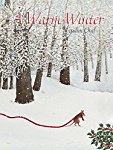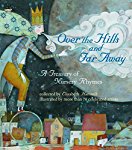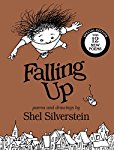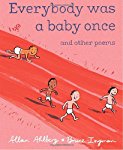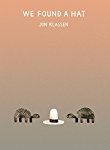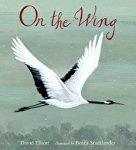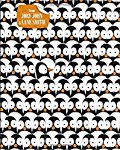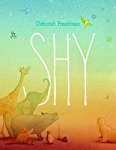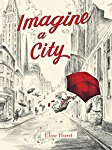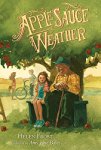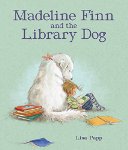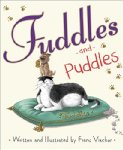When my daughter was little she and I used to sing a little lullaby every night. The overhead light would be out, the unicorn nightlight would be glowing, and for those few precious moments she and I would sing the comforting rhyming lines. There is nothing quite like sharing poetry (sung or spoken) with a child last thing at night, and today I have a book for you that is packed with poems that are perfect for bedtime.
 Switching on the Moon: A very first book of Bedtime Poems
Switching on the Moon: A very first book of Bedtime Poems
 Switching on the Moon: A very first book of Bedtime Poems
Switching on the Moon: A very first book of Bedtime Poems
Collected by Jane Yolen and Andrew Fusek Peters
Illustrated by G. Brian Karas
Poetry Picture Book
For ages 3 to 5
Candlewick Press, 2010, 978-0-7636-4249-5
For many children around the world bedtime is synonymous
with little songs and poems. The soft lilting cadence of rhymes is so well
suited to helping children to settle down and prepare for sleep, and they also
help children to connect with the grownups who share these songs and poems with
them.
In this
wonderful book a variety of poems about bedtime are brought together so that
children can enjoy the gift of beautiful language just before they go to sleep.
The poems are divided into three sections. There are verses that describe those
pre-bedtime moments, lullabies, and finally there are poems that capture
nighttime sounds, moments, and experiences.
The poems found
in the collection are all very different, but one thing they all have in common
is how soothing they are. Musings, words of love and comfort, and descriptions
- all written by poets from around the world - offer children and their
grownups a delightful journey into the world of beautiful language.
Some of the
poems found on these pages may be familiar, like Rock-a-bye Baby and The Man
in the Moon. Many others will be new to readers, who will enjoy exploring
the writings of Langston Hughes, Jane Yolen, Lee Bennett Hopkins, Lord
Tennyson, Sylvia Plath, Marilyn Singer, and others.
Throughout this
wonderful volume, beautiful artwork accompanies the poems and makes this book a
work of art that would make a wonderful gift for a family who has a new baby to
love care for.
